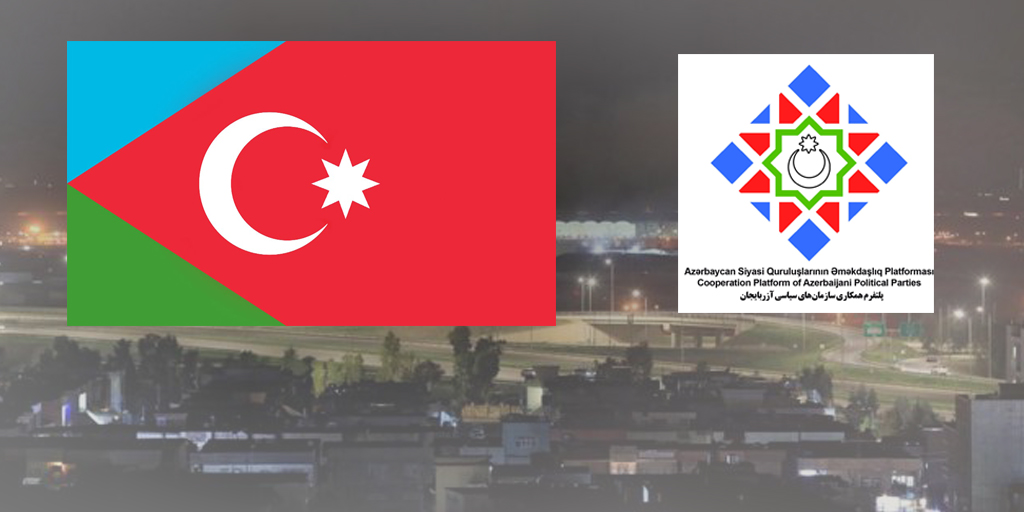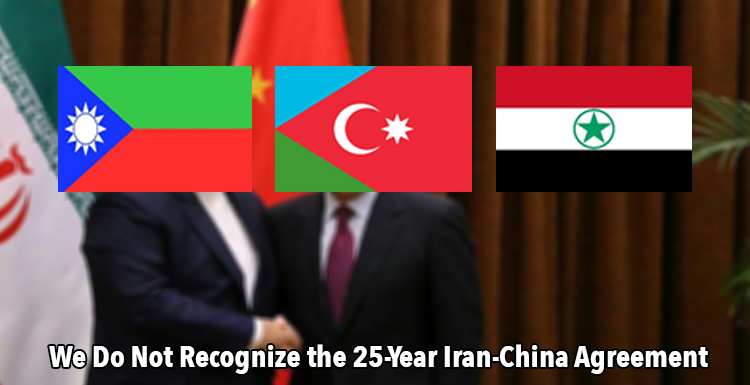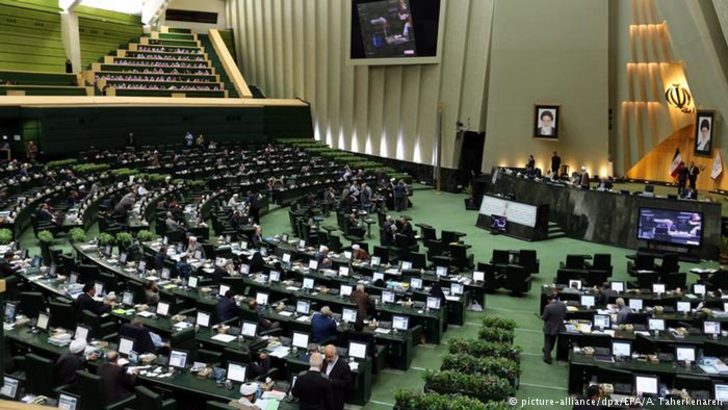The New Map of the Middle East

Note: Araz News does not share all ideas mentioned in this article.

So as I was saying….
First, a bit of housekeeping. I’m back at The Atlantic full-time. I’m going to be working mainly on stories for the magazine (I’m thinking of writing something on the case for reparations, for instance), but I’ll be back here in the traditional Goldblog space as well (I’m also going to continue contributing columns to Bloomberg View, which, I should point out, is a great source for sophisticated commentary on finance, politics, foreign affairs, and much else). Why am I back? Because I love everything about The Atlantic.
But on to new business—which, in this case, is old business. Almost seven years ago, I wrote a cover story for this magazine about the coming collapse of the post-World War I Middle East map. I conducted the reporting for the story, which we eventually called “After Iraq: What Will the Middle East Look Like,” in the fall of 2007—pre-Obama, pre-Arab Spring, pre-a lot of things—but even back then, it was fairly obvious that the age of Middle East stability (relatively speaking) was coming to an end.
The map you see above, and also embedded below, was the main illustration for the piece, which appeared in the January/February 2008 issue. I introduced the conceit of the story this way:
As America approaches the fifth anniversary of the invasion of Iraq, the list of the war’s unintended consequences is without end (as opposed to the list of intended consequences, which is, so far, vanishingly brief). The list includes, notably, the likelihood that the Kurds will achieve their independence and that Iraq will go the way of Gaul and be divided into three parts—but it also includes much more than that. Across the Middle East, and into south-central Asia, the intrinsically artificial qualities of several states have been brought into focus by the omnivorous American response to the attacks of 9/11; it is not just Iraq and Afghanistan that appear to be incoherent amalgamations of disparate tribes and territories. The precariousness of such states as Lebanon and Pakistan, of course, predates the invasion of Iraq. But the wars against al-Qaeda, the Taliban, and especially Saddam Hussein have made the durability of the modern Middle East state system an open question in ways that it wasn’t a mere seven years ago.
It used to be that the most far-reaching and inventive question one could ask about the Middle East was this: How many states, one or two—Israel or a Palestinian state, or both—will one day exist on the slip of land between the Mediterranean Sea and the Jordan River?
Today, that question seems trivial when compared with this one: How many states will there one day be between the Mediterranean and the Euphrates River? Three? Four? Five? Six? And why stop at the western bank of the Euphrates? Why not go all the way to the Indus River? Between the Mediterranean and the Indus today lie Israel and the Palestinian territories, Lebanon, Syria and Jordan, Iraq, Iran, Afghanistan, and Pakistan. Long-term instability could lead to the breakup of many of these states.
I also made a couple of predictions, informed by various experts:
The most important first-order consequence of the Iraq invasion, envisioned by many of those I spoke to is the possibility of a regional conflict between Sunnis and Shiites for theological and political supremacy in the Middle East. This is a war that could be fought by proxies of Saudi Arabia, the Sunni flag-bearer, against Iran—or perhaps by Iran and Saudi Arabia themselves—on battlefields across Iraq, in Lebanon and Syria, and in Saudi Arabia’s largely Shiite Eastern Province, under which most of the kingdom’s oil lies.
One of the reasons I don’t find myself overly exercised by the apparent collapse of Iraq (and one of the reasons I don’t think it would be wise for the U.S. to rush into Iraq in order to “fix” it) is that I’ve believed for a while that no glue could possibly hold the place together. This is a case in which President Obama’s natural caution, and his understandable desire to steer clear of Middle Eastern slaughterhouses, is a good thing. And I agree with Colin Kahl that Obama did not “lose” Iraq (though I still wish that he had come in early in support of what was then a more moderate Syrian rebellion).
I’m also firmly in the Kurdish nationalist camp (vicariously, of course). The cause of Kurdish independence is a just one, which is another way of saying that the denial of the right of self-determination to the Kurds—the world’s largest stateless people—over the past 100 years has been a terrible injustice. Iraqi Kurdistan, as I note in the piece, was already functionally independent; it is much more so today. It would be a very good thing if a truly independent Kurdistan emerges from the current chaos, liberated once and for all from Iraqi Arab domination.

When we were preparing the map that accompanied the article, we erred on the side of whimsy, and exaggeration. However, in looking it over today, it doesn’t seem entirely fanciful. We predicted the break-up of Sudan into two countries (although we called what is today known as South Sudan “New Sudan”). We created a “Hezbollahstan” in part of Lebanon, and this certainly exists, de facto. North of Hezbollahstan is “The Alawite Republic,” along what is now Syria’s Mediterranean coast. This is a semi-plausible near-term consequence of Syria’s Assad-directed destruction. Syria also loses territory, on our map, to a “Druzistan” that touches the northern border of “Greater Jordan.” Iraq is, of course, divided into three states, and the Kurdish state even takes in parts of Turkish-ruled Kurdish territory. One semi-perspicacious addition to the map—the Bedouin Autonomous Zone—is what could have developed in the Sinai Peninsula before the most recent Egyptian military coup, and the Egyptian military’s re-energized plan to seize Sinai back from jihadist tribesmen.
In the article, I was very critical of the imperial hubris that motivated the Sykes-Picot division of the Middle East by the British and French. But I’ve warmed to the argument that the Sykes-Picot arrangement was, in one sense, inadvertently progressive. The makers of the modern Middle East roped together peoples of different ethnicities and faiths (or streams of the same faith) in what were meant to be modern, multicultural, and multi-confessional states. It is an understatement to say that the Middle East isn’t the sort of place where this kind of experiment has been shown to work. (I’m thinking of you, one-staters, by the way.) I don’t think it is worth American money, or certainly American lives, to keep Iraq a unitary state. It is, of course, important to invest in plans that forestall the creation of permanent jihadist safe havens, and about this the U.S. should be vigilant, more vigilant than it has been. But Westphalian obsessiveness—Iraq must stay together because it must stay together—just doesn’t seem wise.
More on all this later, but I’ll leave you with one quote from the story that struck me on re-reading, in part because it may represent what President Obama secretly feels about the Middle East. At one point, I asked David Fromkin, the author of A Peace to End all Peace, the definitive account of the making of the modern Middle East, whether he would speculate about the region’s future. This is what he said in 2007: “The Middle East has no future.”


























